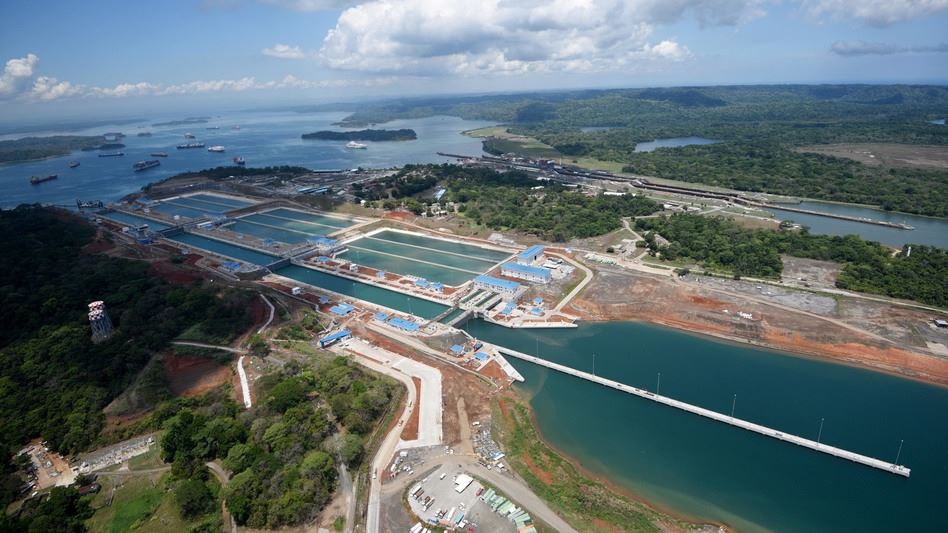Early last week, we had the honor of hosting a multidisciplinary U.S. Department of Transportation design team for the Every Place Counts Design Challenge in Nashville. Ours was the second of four stops made by the USDOT team – the first was in Spokane, Washington – and they came ready to work!
Our city’s design challenge focused on historic Jefferson Street in North Nashville. For many years, Jefferson was the main street of Nashville’s African-American community: a center of retail, business, and cultural activity, from churches and theaters to the record stores and blues venues that helped give Music City its nickname.
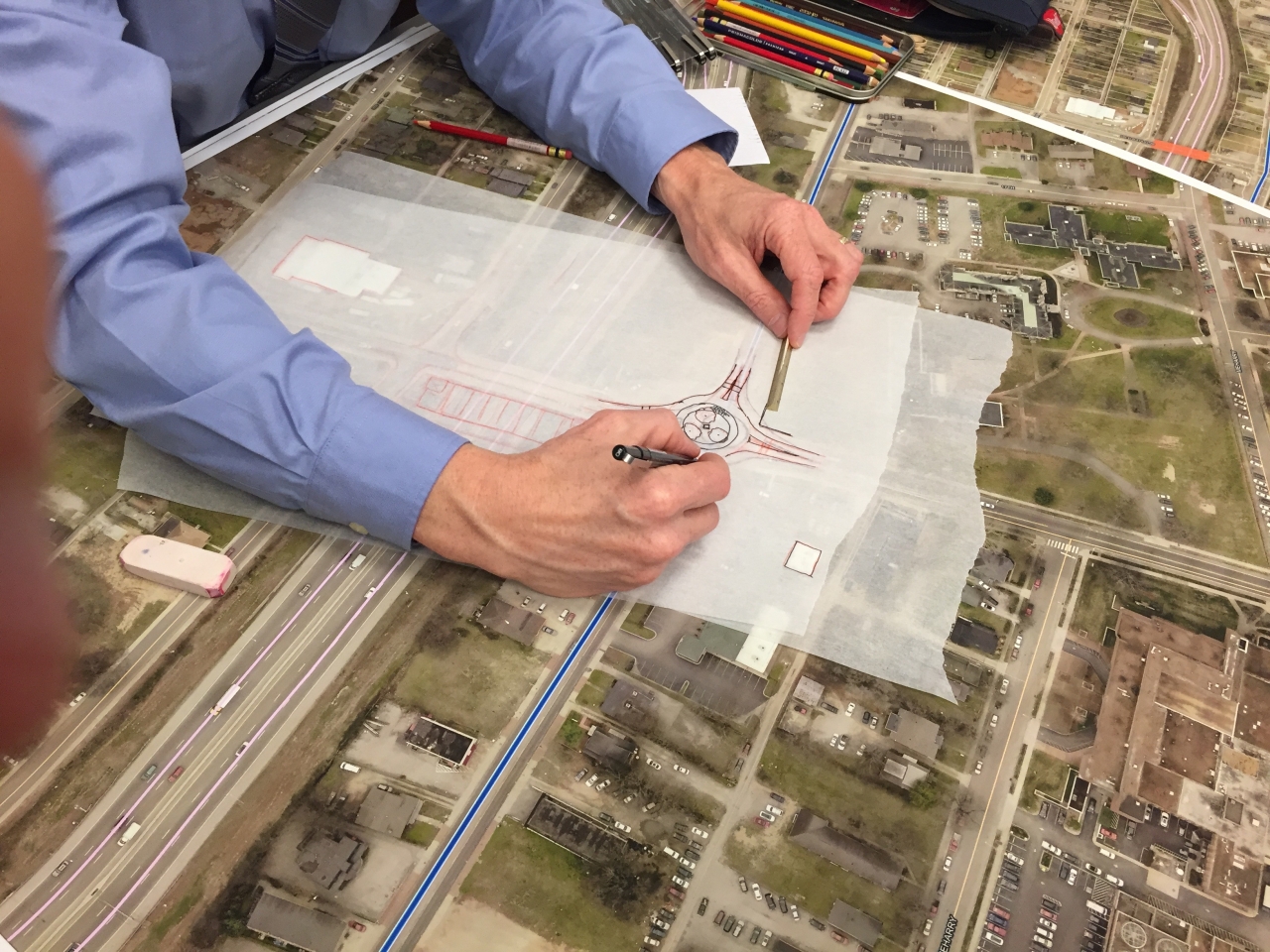
However, when Interstate 40 was built in the 1960s, construction crossed Jefferson twice, running closely alongside it for nearly twenty blocks – literally overshadowing much of the neighborhood. The effect was to displace residents, divide a thriving community, and restrict the flow of vehicles and pedestrians alike.
In 2010, the Obama Administration took a historic step to reduce our dependence on foreign oil and decrease carbon pollution by putting in place fuel economy standards and greenhouse gas standards for cars and light trucks for Model Years 2012 through 2016. A second round of standards, finalized in 2012, expanded the program through Model Year 2025. These standards – what we call the National Program – are already making a big impact: reducing carbon pollution from the atmosphere while saving consumers money at the pump.
The auto industry has responded to the program with continual innovation – showing that a common sense approach to regulation that provides lots of flexibility can help drive American ingenuity. We are seeing fuel efficiency technologies enter the market faster than nearly anyone anticipated. In fact, auto manufacturers over-complied with the standards for each of the first three years of the National Program. All of this has taken place during a period of record vehicle sales.

Hoy, junto a la Administradora de Servicios Generales Denise Turner Roth y la embajadora estadounidense en México Roberta Jacobson, inauguramos el nuevo Centro de Transporte en la Avenida Virginia, VATC por sus siglas en inglés, y el cruce PedWest en el Puerto Terrestre de San Ysidro. De acuerdo a la Asociación de Gobiernos de San Diego (SANDAG), San Ysidro es el cruce fronterizo más activo en el hemisferio occidental, sirviendo aproximadamente 70,000 vehículos en dirección Norte y 20,000 peatones.
Es de crítica importancia a nivel nacional que tengamos un sistema de transportación efectivo y eficiente. Nuestra función en la Administración Federal de Carreteras es ayudar a proveer un sistema de transportación seguro, confiable y eficiente para así asegurarnos de que todas las comunidades, incluyendo aquellas a lo largo de la frontera, sean prósperas y tengan acceso a múltiples opciones de transportación.
Building a Better Border
Just recently I joined General Services Administrator Denise Turner Roth and U.S. Ambassador to Mexico Roberta Jacobson to open the new Virginia Avenue Transit Center (VATC) and the PedWest crossing at the San Ysidro Land Port of Entry. According to the San Diego Association of Governments (SANDAG), San Ysidro is the busiest land border crossing in the western hemisphere, serving an estimated 70,000 northbound vehicles and 20,000 pedestrians.
An effective and efficient border transportation system is of critical national importance. Our role at FHWA is to help deliver a safe, reliable and efficient transportation system to ensure that all communities, including those along the border, thrive economically and have access to multiple travel options.
In continuing our series of conversations with freight stakeholders nationwide, it is abundantly clear that freight movement impacts businesses everywhere in America. The economies of the three latest places I have visited – Des Moines, Iowa, Portland, Oregon, and Seattle, Washington – thrive on a wide array of industries, ranging from soybeans to steel to seafood. While the freight challenges are region-specific, other problems – such as bottlenecks and chokepoints – are common everywhere. What we know is that the interconnectivity of freight movement will expand, and that the future of transportation is one in which all forms of transportation—highways, rails, ports and airports—work together seamlessly.
Secretary Foxx's "Beyond Traffic" report from last year estimated that in the next 30 years freight volume will grow to 29 billion tons—an increase of 45 percent from 2014 levels—and he has said many times that the future of our economy rests on a robust transportation system to move materials and products.
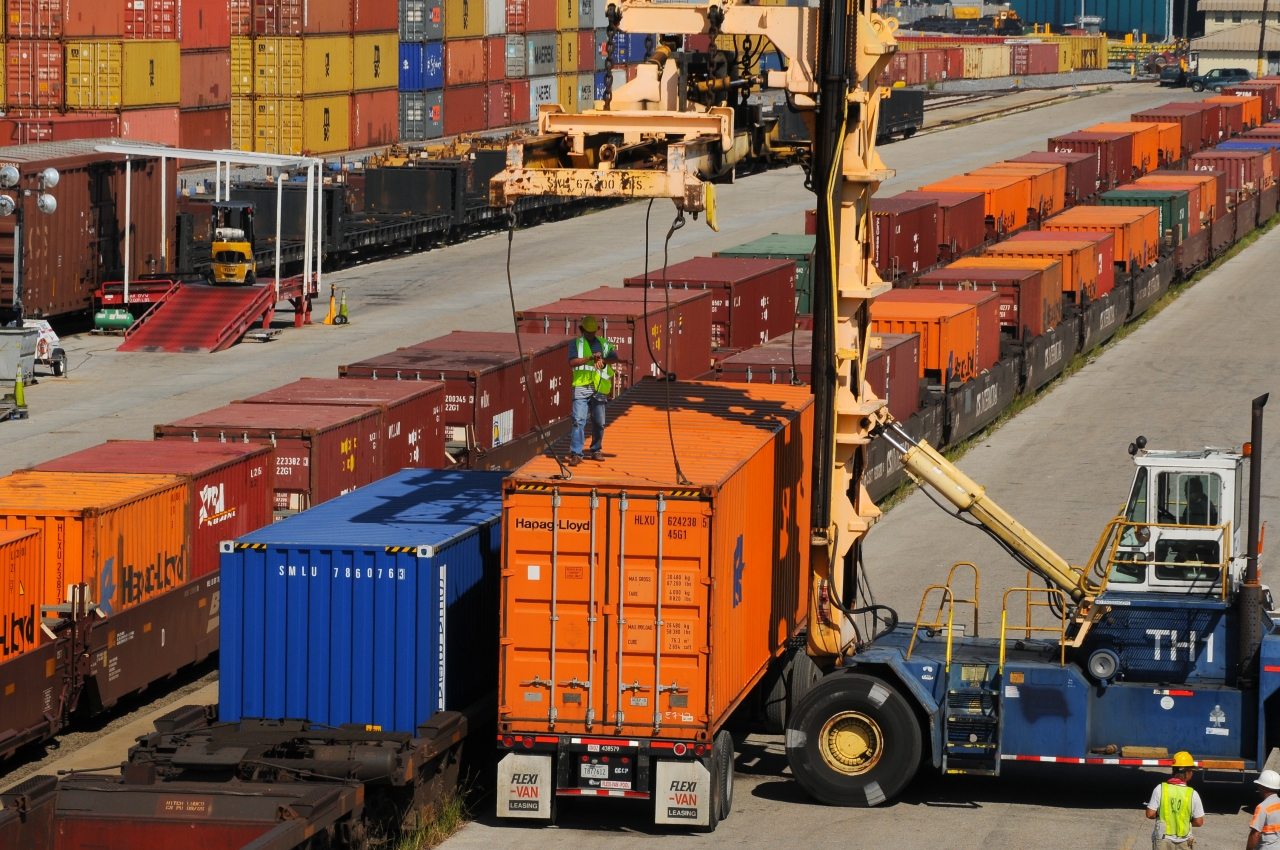
Forty-seven years ago this week, Apollo 11 launched towards the moon, fulfilling President Kennedy’s 1961 goal of “landing a man on the moon and returning him safely to the earth” and doing it “before this decade is out.” In the years since that landing, the phrase “moonshot” has become synonymous with innovation in the pursuit of audacious goals.
But the moonshot didn’t take place in a single step. Rather, it was a sequence of carefully planned missions that built new prototypes, engaged an ever-growing team of astronauts, engineers, contractors and stakeholders and solved unexpected challenges. When President Kennedy set the goal of a moon landing on May 25, 1961, there had only been one successful American mission into space – Alan Shepard’s flight on Freedom 7 as part of the Project Mercury. Another 19 manned flights, numerous component tests and the development of the intermediate Project Gemini would be needed to bridge between that flight and Apollo 11’s landing.
NASA’s success at building moonshots one mission at a time provides a valuable lesson to innovators.

As we continue to look toward a transportation network that is not only increasingly safe and efficient environmental impact remains a priority. Fast Lane readers will know that we haven't been shy about sharing the environmental benefits of shipping freight by water. From lower greenhouse gas emissions to higher fuel efficiency, we think the relative sustainability advantages of maritime shipping add up to a significant benefit for shippers and the public.
That said, I was excited to learn that Saint Lawrence Seaway Development Corporation (SLSDC) was recently honored for its environmental performance results for 2015. Presented by Green Marine, a North American environmental certification program, the receipt of this award demonstrates SLSDC’s continued excellence and leadership in environmental sustainability.
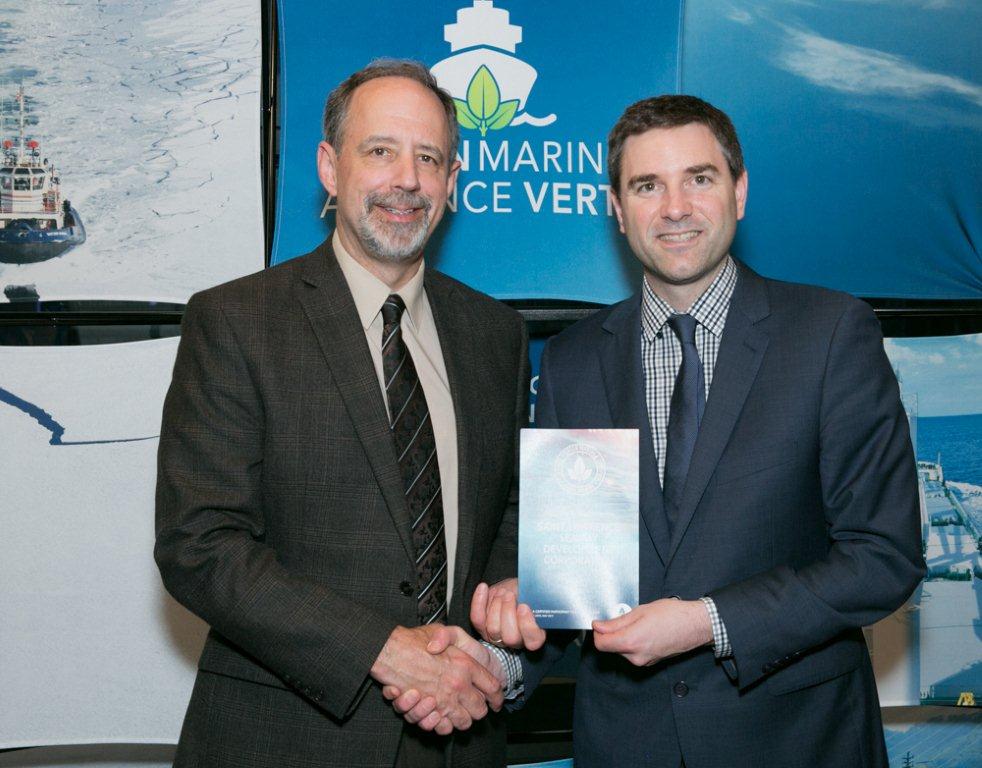
It’s a cloudy day in Spokane, WA but we are making one thing very clear: every place counts.
Today we kick off the first of four design sessions in winning cities across the nation. In Spokane, the transcontinental I-90 was constructed through the heart of the city, dividing the working-class suburb of East Central. While here, together with city officials, USDOT regional representatives, community members and our partners at the U.S. Department of Agriculture, Environmental Protection Agency, and the National Endowment for the Arts, we hope to identify opportunities to reconnect this community and ensure that other communities are not similarly disconnected by projects currently underway.
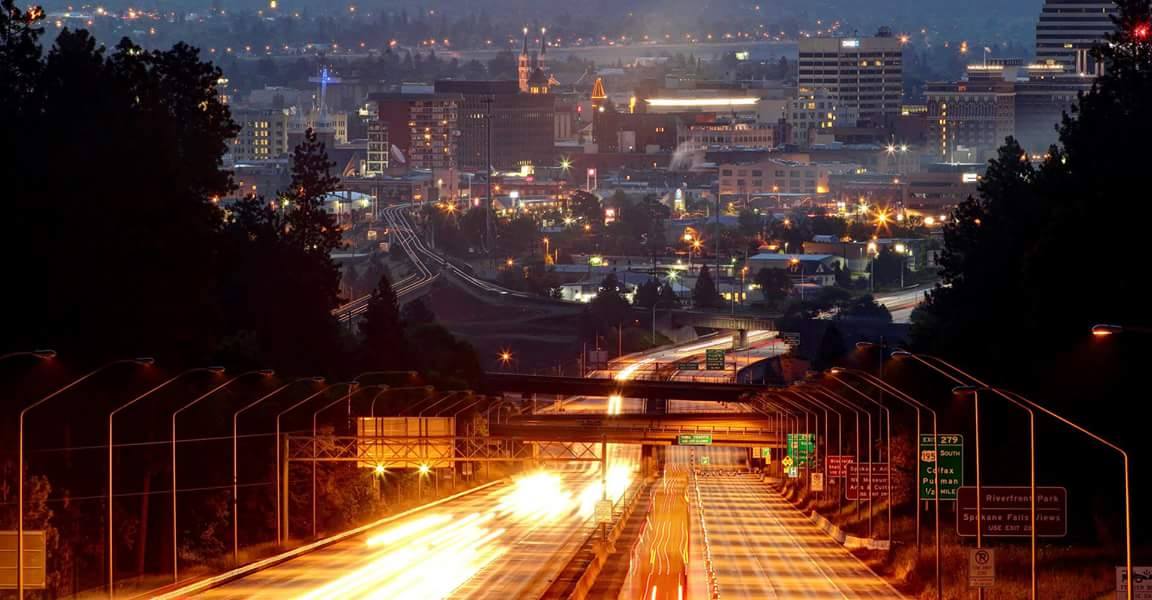
Today, DOT is taking another step toward delivering on President Obama’s promise to reengage with Cuba by restoring scheduled air service to the nation’s capital and largest city.
As part of the Obama Administration’s historic efforts to normalize relations with Cuba, DOT proposed to select eight U.S. airlines to begin scheduled flights between Atlanta, Charlotte, Fort Lauderdale, Houston, Los Angeles, Miami, Newark, New York City, Orlando, and Tampa and Havana as early as this fall.
Having regular air service for the first time in more than 50 years holds great potential – Cuban American families will be reunited and it will foster education and opportunities for American businesses of all sizes.

Just two weeks ago, the world watched as the first commercial vessel, M/V COSCO SHIPPING PANAMA, successfully navigated the Panama Canal’s new expanded locks. The inaugural event was broadcast live to a worldwide audience as the Panamanians in attendance cheered and waved flags in celebration of their country’s newest engineering marvel.
Along with numerous heads of state and with representatives from many nations, I had the opportunity to attend the ceremony to congratulate the Panama Canal Authority (ACP) and the citizens of Panama on a successful expansion. Given that two out of every three ships that transit the Panama Canal are headed to or from the United States, our nation is the largest market served by the canal, so we have a strong interest in the canal’s long-term success. The project to build a third set of expanded locks doubled the canal’s capacity and nearly tripled the size of ships that can transit through it.
In this new age of increasingly larger vessels - necessary in the ultra-competitive global shipping market - the opening of the new locks should ensure the canal’s viability for years to come.
